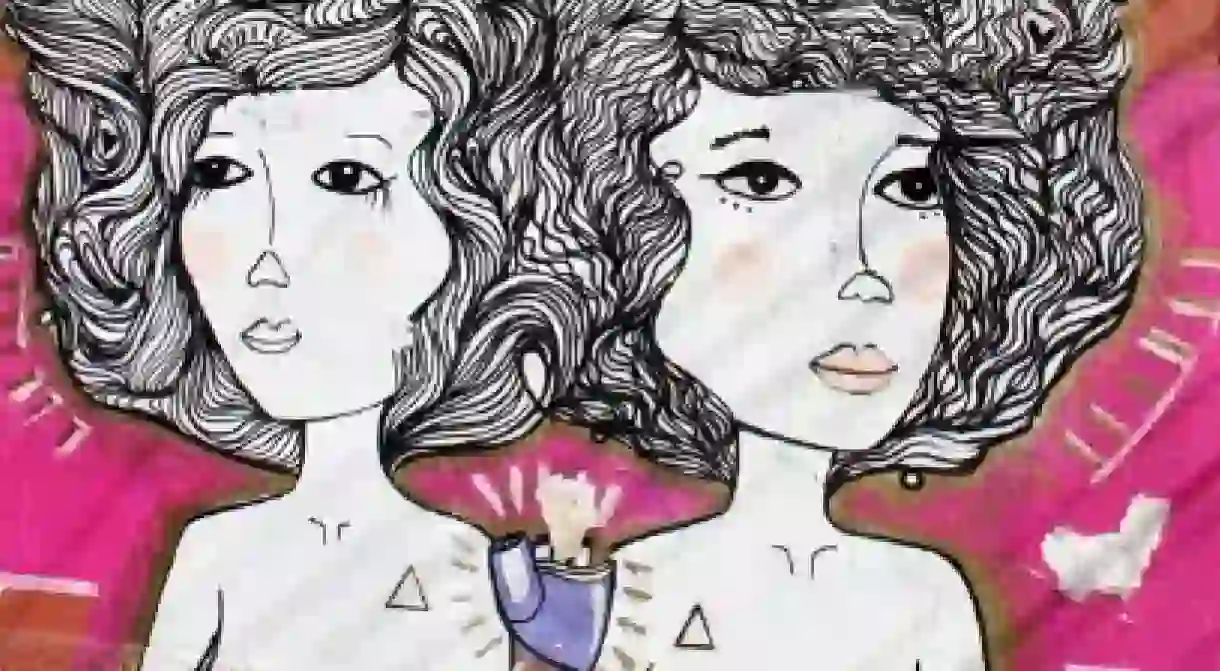6 Things You Must Do When Visiting Oaxaca

Oaxaca is a lively Mexican city with serious international flair. Its acclaimed cuisine, world-class institutions of fine art, preservation of indigenous tradition, glowing landscape make it a must-visit. Read our guide to making the most of the city.
Walk the City
Modern and Contemporary Art Museums
Oaxaca’s central walking district is home to several internationally-renowned museums of fine art. The MACO (The city’s museum of contemporary art) regularly exhibits the work of acclaimed Oaxacan artists on rotation from their permanent collection. The museum’s iconic roster also features a fluid program of contemporary exhibitions, often including large-scale installation work. Housed in one of the oldest buildings in the city, the MACO program – a vision that refuses to shy away from provocation with its own brand of brutal yet refreshingly candid social and political commentary – contrasts both in form and content the strong, monastic colonial architecture. It is a perfect syncretism, a refreshing and engaging reprieve from more conventional modes of presentation.
The MUPO – The Museum of Oaxacan Painters – houses within its walls a dynamic platform for artists to dissect or contemplate the complexities of Mexican identity in a modern age. Visual dialogue exploring imaginary physical boundaries, pre-conceived notions of social hierarchy, and cultural exploitation make for a very visceral and engaging museum experience. Other local museums within a short stroll abound (The Alvarez Bravo Photography Center and City Museum, to name a few).
Museo de Arte Contemporáneo de Oaxaca (MACO), 202 Calle Macedonio Alcalá, Centro, Oaxaca, OAX, Mexico, +52 951 514 1055
Museo de los Pintores Oaxaqueños (MUPO), Avenida de la Independencia, Centro, Oaxaca, OAX, Mexico, +52 951 514 3433

Coffee (or Juice) Break
Market
Corner vendors and market stands bloom perpetually with fragrant and colorful fruits, yielding the rainbow-like spectrum so characteristic of Oaxaca’s juices. For a few pesos, you can purchase a quart-sized cup of the seemingly omnipresent jugo verde– a tangy and full-bodied concoction of local cactus, a bouquet of citrus, and several other bright fruits and veggies (depending on the variation). Café Brújula | © Emily Kenselaar
Experience a 'Tianguis'
Santo Domingo
Oaxacan Cuisine
The region’s signature dish contains a mix of at least 40 ingredients, including a rich and aromatic array of spices, and, most notably, chocolate. The traditional Latin tamale takes is interpreted Oaxacan-style with fluffy maize cooked inside of a banana leaf, stuffed with turkey and mole negro (an indulgent pairing traditionally reserved for special occasions). Sample this specialty and other local dishes sourced from around Oaxaca at La Biznaga. The open-air patio is a perfect place to enjoy fresh Mayan Pulque – a sacred pre-Columbian drink made from the milky froth of fermented agave.
The idiosyncratic food of Mexico is the first cuisine to have received UNESCO cultural heritage status. An area of rich biodiversity, Oaxaca’s true mix of cultures, traditions, and regional ecology is reflected in its food. From the Pacific coast to the mountainous desert, Oaxacan cuisine is at once subtle, layered, mysterious, and divine. Specialties include Tlayuda (Mexican pizza) – giant handmade tortillas stuffed with tart and briny artisanal quesillo, salty chapulines (grasshoppers – a source of protein for the indigenous since ancient times) fried with chili and lime, corn fungus, exclusive Oaxacan craft beers, and cacao-rich chocolate with a hint of cinnamon. Many of these local specialties can be sampled at the sprawling city markets or further explored in a cooking class (check out the Casa de los Sabores cooking school).
For a creatively nuanced take on traditional culinary influences, visit Los Danzantes for dazzling locally-sourced dishes, marigold tea, and mezcal from the restaurant’s acclaimed countryside distillery. For reservations see Los Danzantes Oaxaca.
Oaxaca’s crowning glory, mezcal, is an enormously diverse and highly varied category of distilled alcohol (tequila is just one type of mezcal) from the maguey plant, a catchall term for the many species of Mexican agave. Discover hundreds of local labels handcrafted by thousands of small-batch production distilleries in the semi-desert countryside on a tour, or at one of the many mezcalistas around the city.
Biznaga, 512 Calle Manuel García Vigil, Centro, Oaxaca, OAX, Mexico +52 951 516 1800













